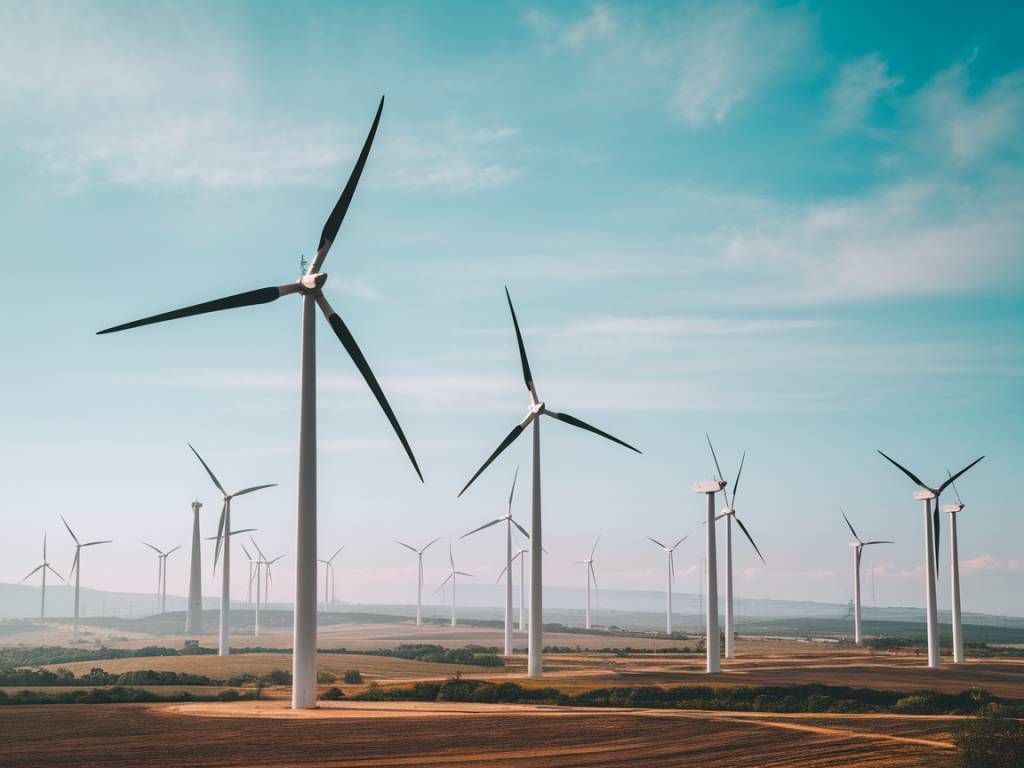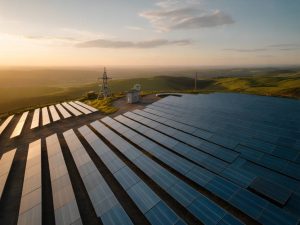The Rise of Wind Energy: A Global Game-Changer
Wind energy has become one of the most efficient and sustainable solutions in the global effort to transition away from fossil fuels. But beyond the often-highlighted environmental benefits, the economics of wind energy are undeniably compelling. How does this renewable powerhouse stack up financially, and what ripple effects is it creating across the globe? Let’s explore.
Why Wind Energy Makes Financial Sense
At its core, the economics of wind energy are shaped by two critical factors: decreasing costs and increasing efficiency.
Over the last decade, the cost of wind energy production has plummeted by nearly 70%. This remarkable decrease is largely attributed to advancements in turbine technology, economies of scale, and fierce competition in the renewable energy market. Larger turbines now capture more energy per rotation, while improved materials and streamlined manufacturing processes have further driven down costs. What was once a relatively expensive option is now among the cheapest sources of electricity available.
Additionally, wind energy projects have incredibly low operational costs. Once a wind farm is built, the fuel—wind—is free. Compare this to fossil fuels, which often face volatile price swings due to geopolitical tensions, market speculation, or supply chain disruptions. As a result, wind energy offers long-term price stability, making it a favorite for governments and businesses eager to reduce risk and dependence on unpredictable markets.
The Role of Policy and Incentives
Like any major industry shift, policy has played a monumental role in the growth of wind energy worldwide. Countries like Denmark, Germany, and China have invested heavily in subsidies, tax credits, and other financial incentives to attract both public and private investment in wind farms. The U.S. Production Tax Credit (PTC), for instance, has been instrumental in making wind projects more financially viable for developers.
Furthermore, many nations are now implementing carbon pricing mechanisms or renewable portfolio standards, which pressure conventional energy sources while further boosting the competitiveness of wind energy. In this global race to strengthen renewable energy adoption, wind energy is emerging as a clear leader.
Creating Jobs and Driving Local Economies
One of the most underrated aspects of wind energy is its impact on job creation and local economies. Building and maintaining wind turbines isn’t a one-man job—it requires engineers, technicians, construction teams, and logistics experts. According to the International Renewable Energy Agency (IRENA), the wind energy sector employed over 1.4 million people globally in 2022, a number expected to rise steadily as more projects come online.
Interestingly, wind energy also acts as an economic catalyst in rural areas. Many wind farms are located in remote regions where land is abundant, offering landowners lucrative lease agreements. For small-town communities struggling with economic stagnation, wind projects represent a lifeline, providing consistent revenue streams and employment opportunities.
Scaling Up: Challenges and Opportunities
While we can all agree that wind energy has immense potential, scaling it up globally isn’t without challenges. Critics often point to issues such as land-use concerns, noise pollution, and the visual impact of turbines. However, technological innovation continues to alleviate many of these downsides. For example, floating offshore wind farms are reducing the strain on land, while researchers are designing quieter, more efficient turbines.
Another hurdle is intermittency—what happens when the wind doesn’t blow? The growing deployment of energy storage solutions, such as lithium-ion batteries and pumped hydro storage, is helping address this issue. Moreover, smart grids are enabling better energy distribution, ensuring that wind power is utilized as efficiently as possible.
The Global Impact of Wind Energy
Wind energy is more than a tool to fight climate change; it’s a vehicle for global economic transformation. According to a report by BloombergNEF, every dollar invested in wind energy generates $1.50 to $3.00 in economic return, thanks to job creation, reduced energy costs, and minimized environmental damage. Meanwhile, countries dependent on energy imports can leverage wind to improve their energy security and reduce trade deficits. That’s a win-win in any economist’s book.
What about fast-growing economies like India, Brazil, and South Africa? For these nations, wind energy represents an opportunity to leapfrog traditional fossil fuel infrastructure and build modern, sustainable energy systems capable of meeting surging demand without compromising environmental goals.
Wind Energy and the Path Forward
As we look toward the future, it’s evident that wind energy isn’t just economically viable—it’s indispensable. From reducing greenhouse gas emissions to supporting local economies and stabilizing energy prices, its benefits are multifaceted. Governments, industries, and consumers all have a stake in this revolution, as it not only addresses climate challenges but also paves the way for a more resilient, equitable energy landscape.
So, the next time you see a wind turbine on the horizon, don’t just think about the clean electricity it’s generating. Consider the jobs it’s creating, the economies it’s empowering, and the planet it’s preserving. Isn’t that a breath of fresh air?






More Stories
L’essor des communautés énergétiques locales : vers une nouvelle gouvernance citoyenne de l’énergie
Powering Data Centers Sustainably: The Role of Renewable Energy in the Digital Age
Integrating Biophilic Design with Green Technology: A New Paradigm for Sustainable Living